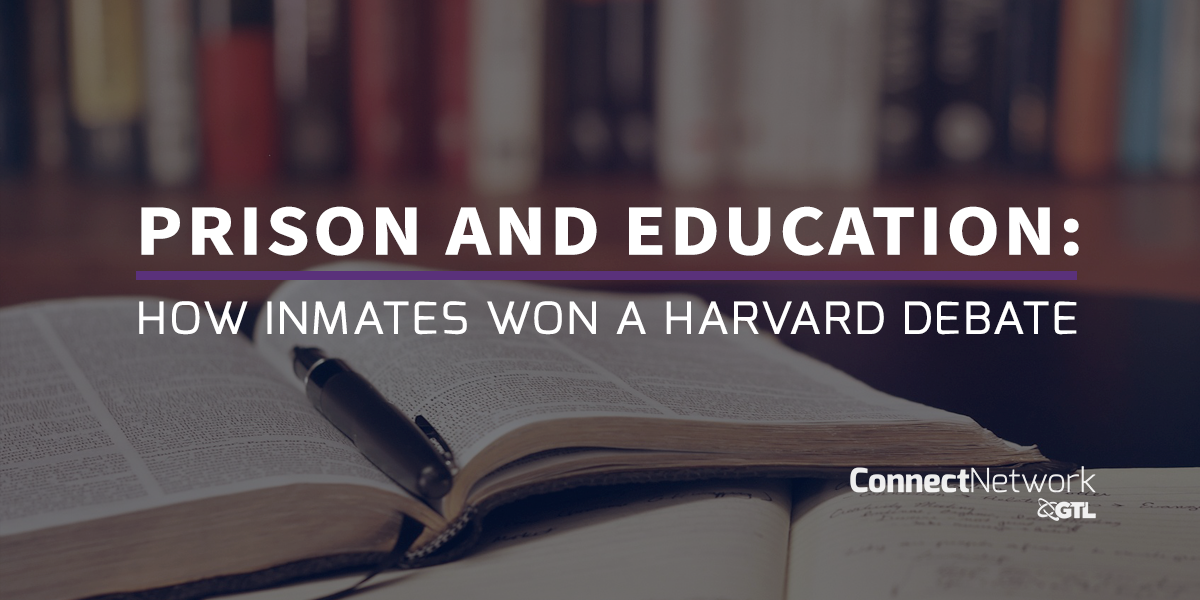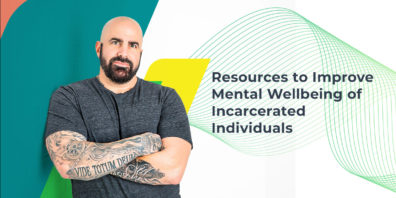Prison and Education: How Inmates Won a Harvard Debate
December 27, 2016
When the inmates within the maximum security Eastern New York Correctional Facility won a debate against Harvard’s College Debating Union, it was a win for prison and education throughout the nation.
How did they do it?
The three men who made up the team of inmates were incarcerated for violent crimes. How they found themselves awarded a win over arguably the nation’s most academically rigorous institution is a story of rehabilitation and perseverance.
A program run by Bard College to provide college education to qualifying prisoners called the Bard Prison Initiative is behind this win—and so many others.
According to Bard College’s website, “The program currently enrolls 300 incarcerated men and women full time with the college. Launched with fifteen students nearly 15 years ago, the program has grown steadily each year, and expanded nationally through the Consortium for the Liberal Arts in Prison.”
Rehabilitation Through Education
More than 75 prisoners at Eastern New York Correctional Facility are taking part in the Bard Prison Initiative which allows them to “discover new strength and direction, often fundamentally rethinking their relationship to themselves, their communities, and the world in which we live.”
The debate team has a gleaming record, with wins over other prominent teams such as the University of Vermont and the U.S. Military Academy in West Point, New York.
Perhaps what makes the wins for members of Bard’s Prison Initiative so satisfying, is the lack of access to the Internet and research materials. The inmates require approval of written materials, creating additional delays in preparation on a given topic.
What the inmates have over the college students is experience. While debates are based on facts, subjective presentation of these facts help tip the scales in a team’s favor.
The inmate’s perspective on life proves valuable in many scenarios and can give them a competitive advantage. When the inmates are passionate about a topic, they are able to pull from life experience to aid in their efforts to win.
In the debate against Harvard, the opposite happened.
The teammates, Carl Snyder, Carlos Polanco and Dyjuan Tatro, noted that they disagreed with the argument they had to make: “Public schools in the United States should have the ability to deny enrollment to undocumented students.”
In a statement to the Wall Street Journal, Polanco said “he would never want to bar a child from school and he felt forever grateful he could pursue a Bard diploma. ‘We have been graced with opportunity,’ he said. ‘They make us believe in ourselves.’”
According to Judge Mary Nugent, one of three on a panel of veteran judges, the Bard team provided a stronger argument than the students, who failed to respond to parts of their argument.
Specifically, she stated that the “Bard team made a strong case that the schools attended by many undocumented children were failing so badly that students were simply being warehoused. The team proposed that if ‘dropout factories’ with overcrowded classrooms and insufficient funding could deny these children admission, then nonprofits and wealthier schools would step in and teach them better.”
How Bard Brings Prison and Education Together
The inmates who benefit from an education provided by the Bard Prison Initiative are enabled by private donors who support the roughly $2.5 million annual budget. There is no tuition for the inmates.
Admission to the Bard Prison Initiative is extremely competitive. According to their website, people in select New York State prisons may apply and are selected based on a number of factors.
Criteria for applying include:
- A high school diploma or its equivalent.
- A willingness to work hard
- A stellar written exam and personal interview.
Typically there are ten applications for each available spot. Many gain admission after more than one application, proving that ambition and determination certainly pay off.
Education programs in prison create rehabilitation opportunities for inmates that are necessary for re-entry. The inmate education helps to give them a second chance.
With new skills stemming from a formal education like the one earned through the Bard Prison Initiative, inmates can reenter society with significantly increased odds at avoiding recidivism, finding lucrative and fulfilling employment, and positively taking part in their community.
The Bard program states that their alumni have a staggeringly lower recidivism rate than the average New York State ex-offender. Of the more than 300 alumni who earned degrees, less than 2% returned to prison within three years.
According to the New York Department of Corrections and Community Supervision, approximately 40% of ex-offenders return to prison.
While many correctional facilities offer forms of education in prison, access to secondary education is not as common. With President Obama’s recent announcement about The Second Chance Pell Pilot, inmates seeking education will start to see opportunities arise.
Posted In: Blog




